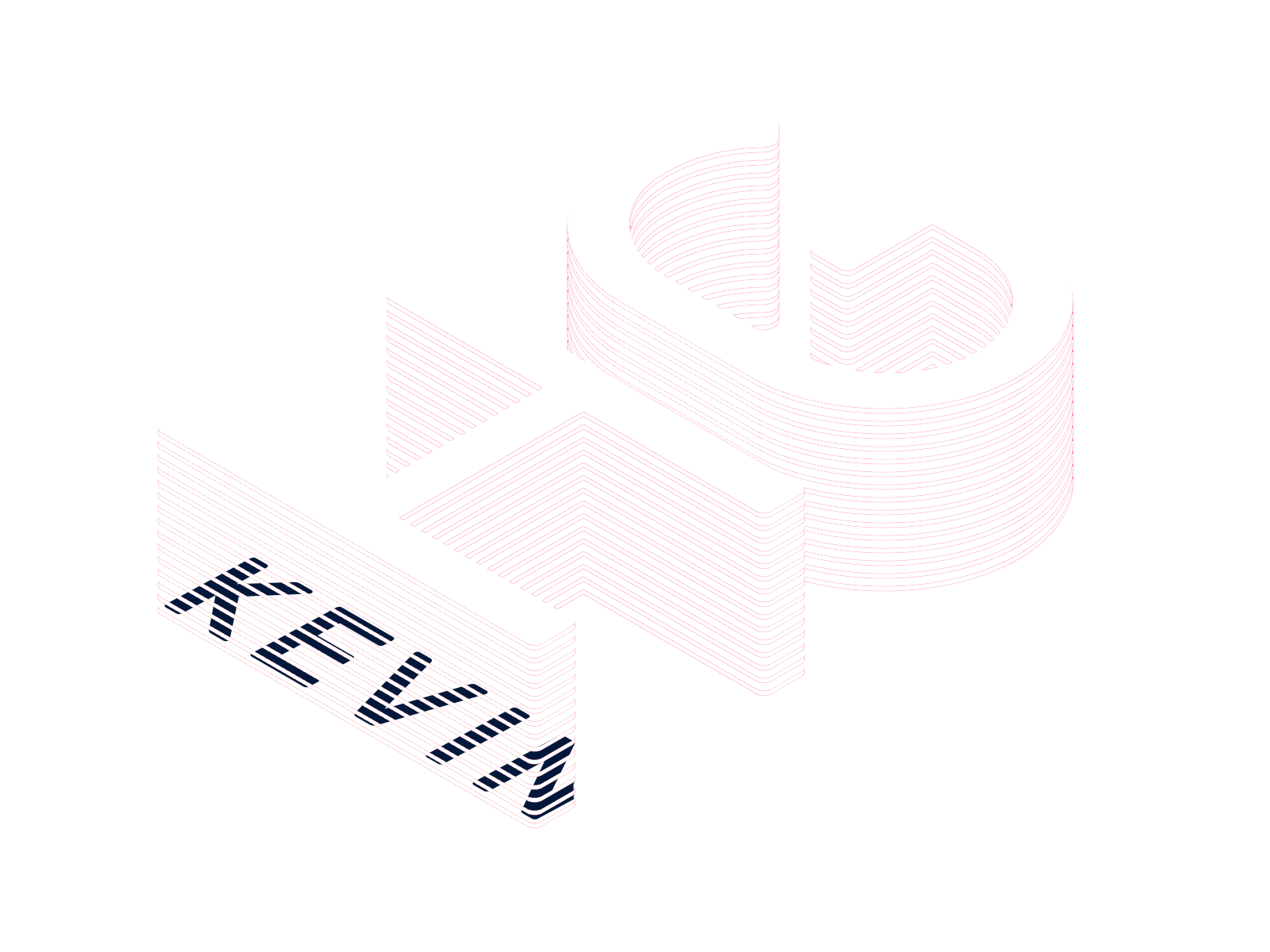back
Fancy Footage Club
Our small design firm wanted to build an in-house product that met an industry need. The growing popularity of video in web banners and app screens aligned well with our film background. Fancy Footage Club provided top-quality, ready-to-use video for use in the next-generation of websites, apps, and software.
role.
Co-Founder
Business Manager
Video and UX Lead
duration.
15 months | 2014-2016
actions.
Research
Roadmap
Identity
Product Design
Motion Graphics
Video Production
Social Media Management
Web Development
goals.
Launch and maintain a successful product.
Generate new work for designer firm and partner videographers.
Maintain Time for Client Work
Reach Sustainability and Profitability
results.
Successfully Addressed Need
5,000+ Weekly Downloads
Top of Product Hunt
Failed to Become Profitable


